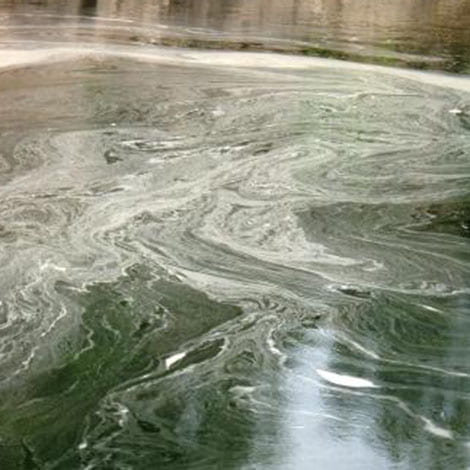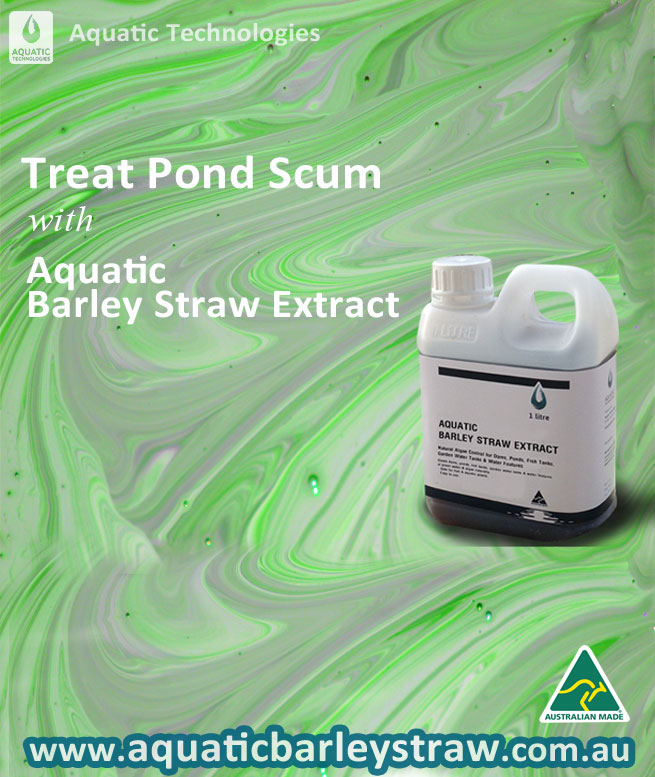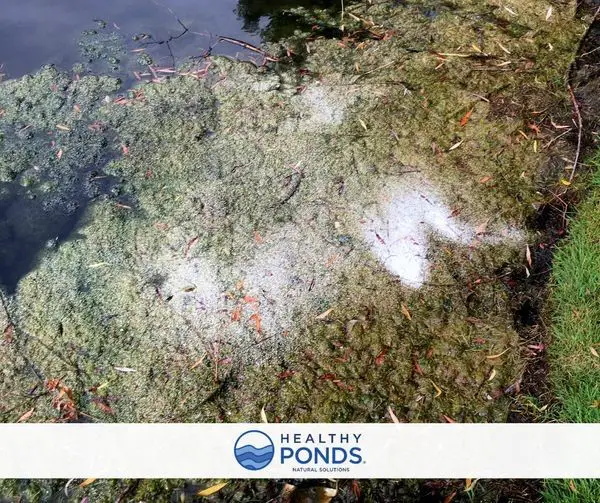Pond scum, also known as algae, can be a common nuisance for pond owners. Algae can make your pond water look unsightly, and it can also have a negative impact on the overall health of your pond ecosystem. While there are chemical treatments available to control algae growth, many pond owners prefer to take a natural approach to get rid of pond scum. In this article, we will explore various eco-friendly methods to help you keep your pond clean and clear without harming the environment.
1. Increase Water Circulation
One effective way to combat pond scum naturally is by increasing water circulation in your pond. Stagnant water provides an ideal environment for algae to thrive. By adding a fountain, waterfall, or aerator to your pond, you can help keep the water moving, which will make it more difficult for algae to take hold. The increased oxygen levels from the circulation will also benefit other aquatic life in your pond.
2. Introduce Aquatic Plants
Aquatic plants can act as natural competitors to algae by consuming excess nutrients in the water that algae need to grow. Plants like water lilies, water hyacinth, and water lettuce can help shade the water and outcompete algae for nutrients, which can help prevent pond scum from forming. Additionally, the roots of aquatic plants provide habitat for beneficial bacteria that can help break down organic matter in the pond.
3. Barley Straw
Barley straw has long been used as a natural remedy for controlling algae in ponds. When barley straw decomposes in water, it releases compounds that inhibit the growth of algae. You can place bales of barley straw in your pond or use barley straw extract to help prevent and reduce pond scum. It is important to note that barley straw may take a few weeks to start working, so patience is key when using this method.
4. Beneficial Bacteria
Introducing beneficial bacteria into your pond can help break down organic matter and nutrients that fuel algae growth. These bacteria work to establish a healthy balance in your pond ecosystem by consuming excess nutrients, which can help prevent pond scum from forming. You can find beneficial bacteria products specifically designed for ponds at garden centers or online.

Credit: www.thepondguy.com
5. Natural Shade
Providing natural shade over your pond can help reduce the amount of sunlight that reaches the water, which can inhibit algae growth. Planting trees or shrubs around your pond can help create shade, or you can install floating plants like water lilies or lotus to cover the surface of the water. By reducing sunlight exposure, you can help prevent pond scum from developing in the first place.
6. Manual Removal
If you already have pond scum in your pond, manual removal can be an effective natural method to get rid of it. You can use a pond skimmer or net to physically remove algae from the surface of the water. Regularly skimming the pond can help prevent algae from spreading and keep your pond looking clean and clear. Be sure to dispose of the removed algae away from the pond to prevent it from re-entering the water.
7. Proper Filtration
Installing a proper filtration system in your pond can help remove excess nutrients and debris from the water, which can help prevent algae growth. There are various types of pond filters available, including mechanical, biological, and UV filters, which can help keep your pond water clean and clear. Regular maintenance of your filtration system is essential to ensure it is working effectively to control pond scum.

Credit: www.aquaticbarleystraw.com.au
8. Balance the Ecosystem
Creating a balanced ecosystem in your pond is crucial for preventing pond scum naturally. Avoid overfeeding fish, as excess fish waste can contribute to nutrient imbalances in the water that promote algae growth. Be mindful of the number of fish in your pond and ensure they are not overwhelming the ecosystem. By maintaining a healthy balance of plants, fish, and beneficial bacteria, you can help keep pond scum at bay.
9. Regular Maintenance
Consistent maintenance of your pond is key to preventing and controlling pond scum naturally. Regularly remove debris like leaves and twigs from the water, as they can contribute to nutrient buildup and algae growth. Monitor water quality parameters such as pH, ammonia, and nitrate levels to ensure they are within the optimal range for a healthy pond ecosystem. By staying on top of maintenance tasks, you can help keep your pond clean and free of scum.
Conclusion
Keeping your pond free of scum naturally is not only beneficial for the aesthetic appeal of your pond but also for the overall health of the ecosystem. By incorporating these eco-friendly methods into your pond maintenance routine, you can enjoy a clean and clear pond without the need for harmful chemicals. Whether you choose to increase water circulation, introduce aquatic plants, or use natural remedies like barley straw and beneficial bacteria, there are plenty of options available to help you combat pond scum naturally. Remember that prevention is key, so implementing these strategies proactively can help you maintain a beautiful and thriving pond for years to come.




